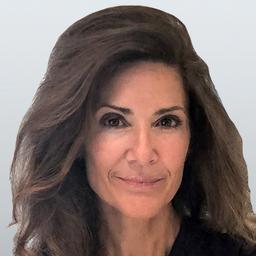Tibetan monks have a ritual. They spend hours, sometimes days, creating exquisite, intricate mandalas from colored sand. Once finished, the mandalas are destroyed. It’s a way of accepting the transitory nature of life. Nothing is permanent. All we ever have is now.
The monks know that creating art, whether mandalas or drawings, is a direct portal to present-moment awareness or mindfulness. Creativity springs from the now, and being in the now fosters creativity, according to a new study in Psychological Science.






